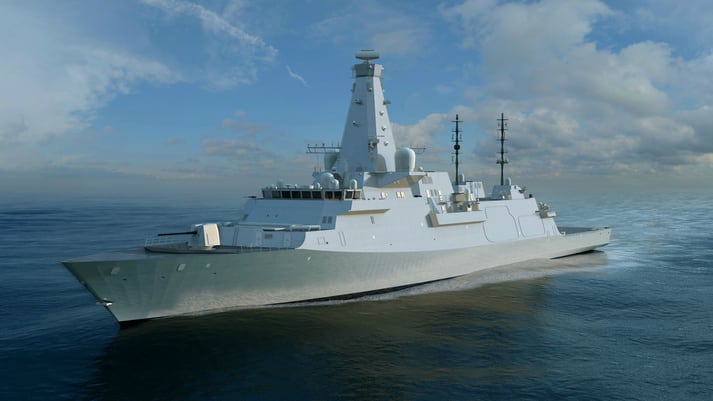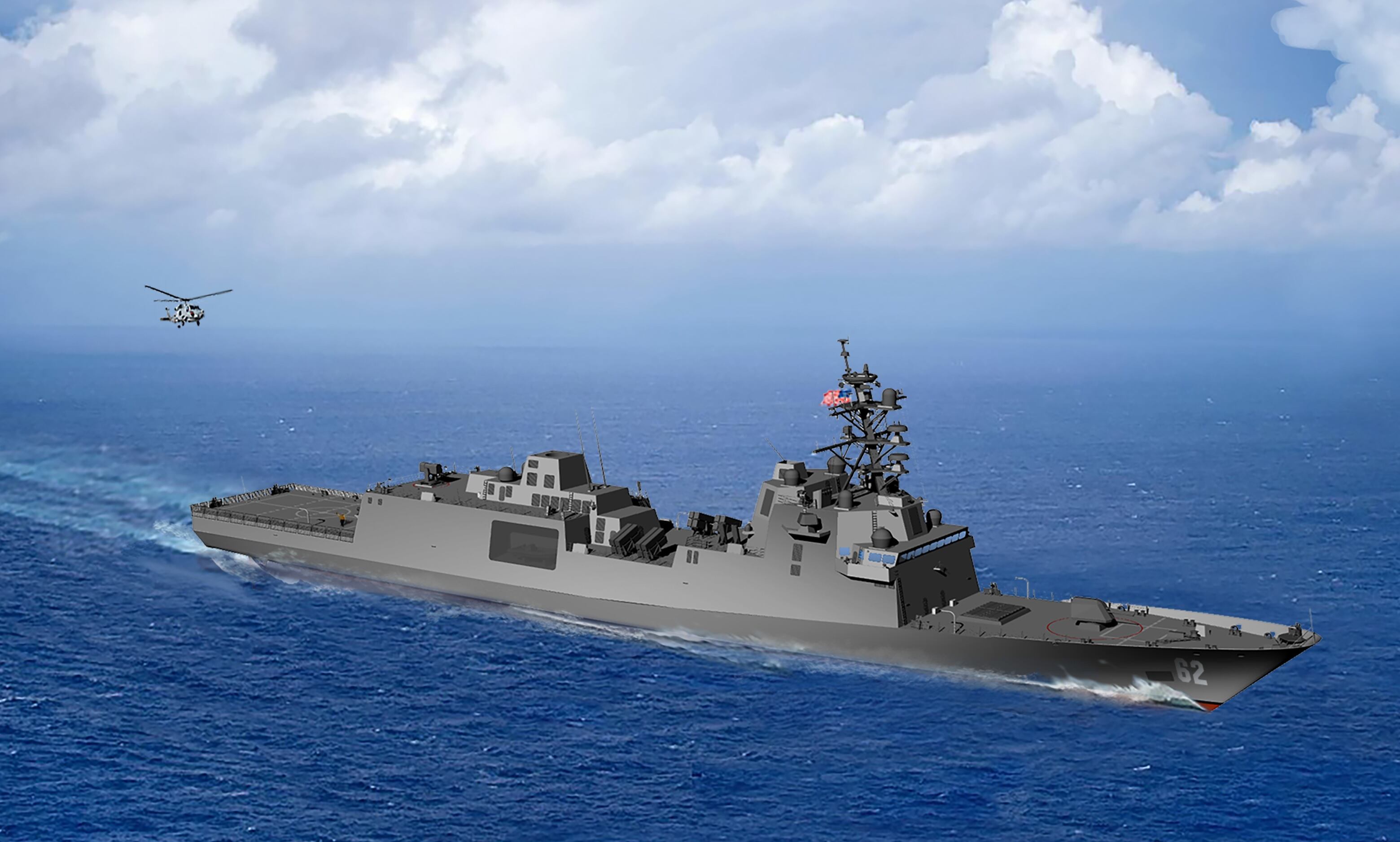WASHINGTON — Canada’s next-generation frigate is putting on weight and will cost more money than originally projected, according to a new cost analysis.
The Canadian Surface Combatant program, which is spearheaded by Lockheed Martin and based on BAE Systems’ Type 26 design, was first selected in 2018 and put under contract in 2019.
Since the announcement, however, the ship has gone from an estimated CA$69.8 billion (U.S. $54.8 billion) to CA$77.3 billion, according to a new cost estimate by the Office of the Parliamentary Budget Officer. That cost is more than double the original estimate for the program in 2008, which was exceeding about CA$28 billion in that year’s Canadian dollars, according to the report.
The ship has also packed on 900 tons, now projected to displace 7,800 tons, up from an originally projected 6,900 tons. Fully loaded, the ship is expected to weigh in at 9,400 tons — almost double the 4,700 tons of the currently fielded Halifax class, the former head of Irving Shipbuilding told the CBC earlier this month. That shipbuilder is the project’s prime contractor and had worked with the government to award a subcontract to Lockheed to finalize the design.
RELATED

The growing cost of the program is likely to put pressure on the Canadian government to look at different options, though observers say it would be difficult and expensive to scrap the program and start over without sacrificing the capability the Royal Canadian Navy was seeking when it selected the highly advanced hull.
The surface combatant program is part of a larger national shipbuilding strategy launched in 2010 that was designed to create a stable shipbuilding-industrial base and avoid the boom-and-bust cycles of previous national shipbuilding efforts, said Timothy Choi, a researcher and observer of the Royal Canadian Navy.
“We have a strong interest here that we actually ensure that the shipyards survive for a good long time to prevent that boom-and-bust cycle that previously characterized our naval yards,” Choi said. “If you build them really quickly, within a short period of time — five to seven years like we did for Halifax-class [frigates], and we split them between three different shipyards — once that job’s done, they’ve got nothing to go on. And it’s going to be another 20 years before they can actually build anything major [vessel].”
However, the downside of the build-it-slow strategy is that inflation starts to eat your budget for lunch, he said. The alternative is a loss in shipyard capacity once a class is built.
“Once you start front-loading that inflation into our [cost estimate], it looks a lot worse than it would be if we just built them really quickly. But that would be at the risk of losing that shipyard capacity once the ships are done,” Choi said.
Irving Shipbuilding will start cutting steel in 2024, CBC reported.
Start over?
The weight and cost of the 15 ships are primarily growing because Canada is loading them up with capability, Choi said.
The government selected Lockheed Martin’s SPY-7 radar, an upgrade over the British Type 26, which uses a rotating 3D radar. The SPY-7 is likely adding weight to the hull, Choi said, adding that Canada plans to put “pretty much every single weapon that you could think of for a modern, high-end combatant” on the ship.”
The ships will also have X- and S-band navigation radars, will be able to participate in cooperative engagements with the U.S. Navy (meaning it will be able to shoot at targets sensed and relayed by U.S. Navy assets). The ships will also be loaded with a 32-cell vertical launching system as well as deck-mounted launchers for Kongsberg and Raytheon’s Naval Strike Missile and launchers for torpedoes.
The Canadian cost assessment also priced out a mixed buy that included only a few Type 26 hulls and then started buying the much smaller and less expensive British Type 31e light frigates based on the Danish Navy’s Iver Huitfeldt-class frigate.
RELATED

That ship would be a significant downgrade over the capability offered by the Type 26, said Bryan Clark, a retired U.S. Navy submarine officer and senior fellow at the Hudson Institute. He said looking at new options makes sense, given the ballooning cost of the program.
“I think the more reasonable way forward would be to go for a ship that’s got a proven design and cost associated with it,” Clark said. “If you’re Canada, do you need to be on the lead, the bleeding edge of technology development? Or can you go with something that is proven— modern, but proven and modern, but maybe it isn’t the next generation ship?”
One option would be to switch over to the FREMM, which was previously rejected from the program. Yet, according to the Canadian cost assessment, that move would save about CA$6 billion. It would also benefit from the U.S. taking some of the learning curve out of the cost of the ship since the country already is racing ahead with a FREMM program.
Sticking with the Type 26 is likely to be the preferred option, but saving money on the hull still makes a lot of sense where it’s possible, Clark said.
“I’m sure that within the Canadian Armed Forces, the argument is: ‘Well, we don’t buy these very often. So when we do buy a ship, we need to buy the [cutting-edge] kind ... because we’re going to keep it for a long time. We don’t want to be obsolete,’ ” he said. “If that’s the argument, I’d say you’re better off maybe going with a more proven hull design, but ensure it’s got sufficient modularity that you can upgrade it over time.”
Still, he added, it’s unlikely Canada will want to change horses midstream.
“It seems unlikely they’re going to just throw the whole thing out though and start over,” Clark said. “So I anticipate they’ll stay the course on the Type 26 and try to benefit from the fact that you’ve got three countries building it and try to exact as much savings as possible.”
David B. Larter was the naval warfare reporter for Defense News.








